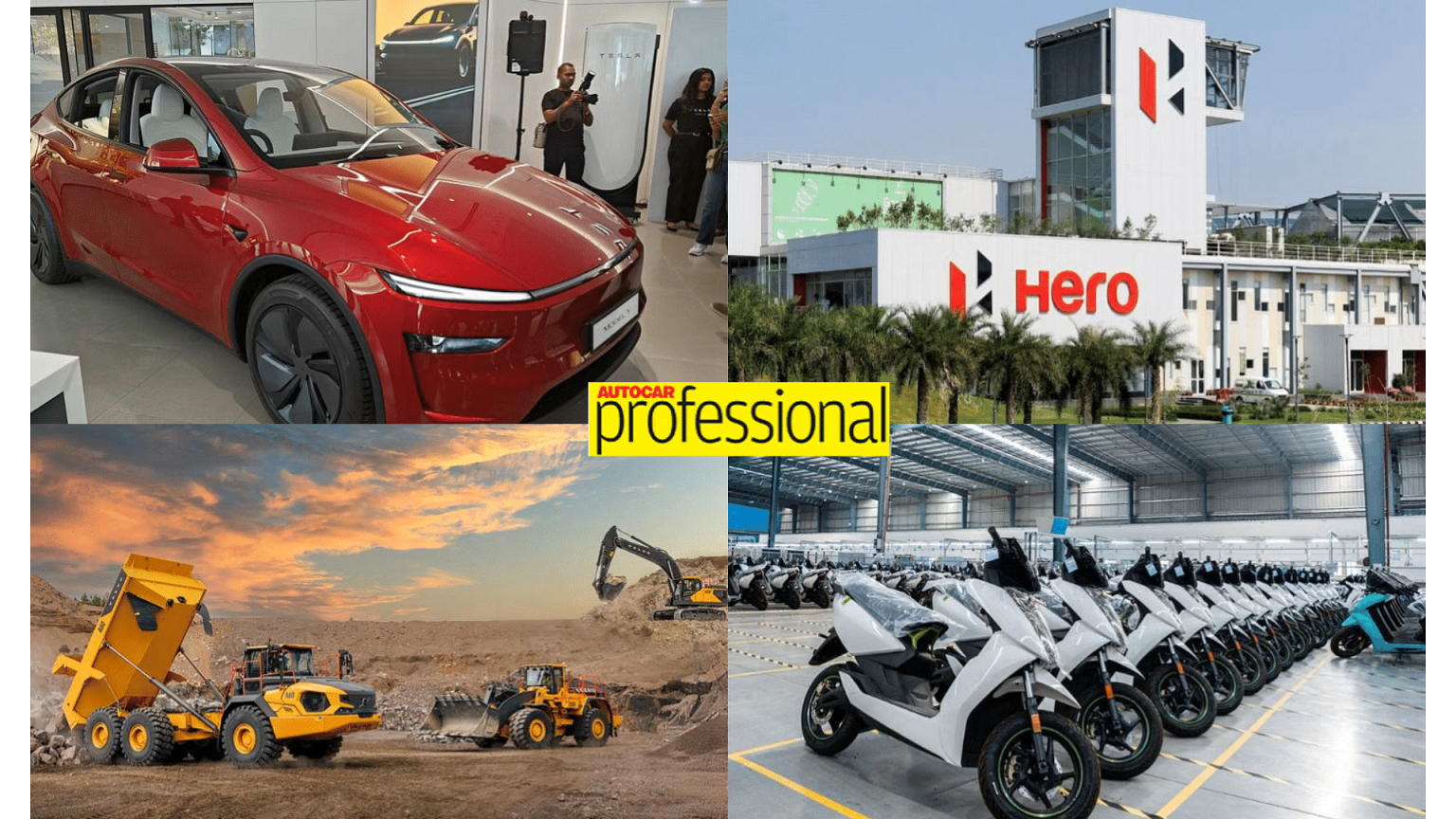India’s Electric Two-Wheeler Market: A Battleground for Legacy and Emerging Players
The Indian electric two-wheeler (E2W) market is witnessing a dramatic transformation, evolving from a niche segment to a mainstream mode of transportation. This rapid growth is fueled by factors such as rising fuel prices, growing environmental concerns, and supportive government policies. As the market expands, a crucial question arises: will established automotive giants, the legacy players, be able to dominate the market, or will agile startups carve out a significant share for themselves? The answer is complex and multifaceted, encompassing both opportunities and challenges for both sides.
Legacy players, with their decades of experience in manufacturing, established distribution networks, and brand recognition, possess a formidable advantage. They have the financial muscle to invest heavily in research and development, build large-scale production facilities, and create extensive marketing campaigns. Their existing dealer networks offer readily available sales and service points, instilling consumer confidence. Moreover, their brand reputation and established customer base provide a solid foundation for market penetration. However, these giants can be hampered by their existing infrastructure, often geared towards traditional internal combustion engine vehicles, and a potential reluctance to fully embrace disruptive technologies.
Startups, on the other hand, bring dynamism and innovation to the E2W landscape. Unburdened by legacy systems, they are nimble and adaptable, quickly responding to evolving consumer demands and technological advancements. They often focus on niche segments, offering specialized products and services tailored to specific customer needs. Their innovative designs, cutting-edge technologies, and direct-to-consumer sales models can disrupt traditional market dynamics. However, startups face challenges in scaling production, establishing robust distribution networks, and building brand awareness. Limited financial resources and the need to constantly innovate can also hinder their long-term growth.
The competition between legacy players and startups is not a zero-sum game. Both contribute to the overall development of the E2W ecosystem. Legacy players bring scale and stability, while startups drive innovation and diversification. This dynamic interaction fosters healthy competition, ultimately benefiting consumers with a wider range of choices and improved product offerings. The market landscape is likely to evolve into a hybrid model, with some legacy players acquiring or partnering with startups to leverage their innovative technologies, while others will focus on developing their own E2W platforms.
Several factors will influence the ultimate market share distribution. Government policies play a crucial role in shaping the industry’s trajectory. Subsidies, tax incentives, and regulations related to emissions and safety standards can significantly impact the competitiveness of different players. Consumer preferences are also evolving rapidly. Factors such as range anxiety, charging infrastructure availability, battery life, and overall cost of ownership will influence purchasing decisions. Technological advancements in battery technology, charging infrastructure, and connected vehicle features will further shape the market landscape.
The Indian E2W market is poised for exponential growth in the coming years. It presents a unique opportunity for both legacy players and startups to capitalize on the increasing demand for sustainable transportation solutions. The competition between these two forces will ultimately benefit consumers, driving innovation and accelerating the transition towards electric mobility. The success of each category of player will depend on their ability to adapt to the evolving market dynamics, embrace technological advancements, and effectively address consumer needs. Ultimately, the E2W market will be shaped by a combination of market forces, government policies, technological advancements, and consumer preferences.


